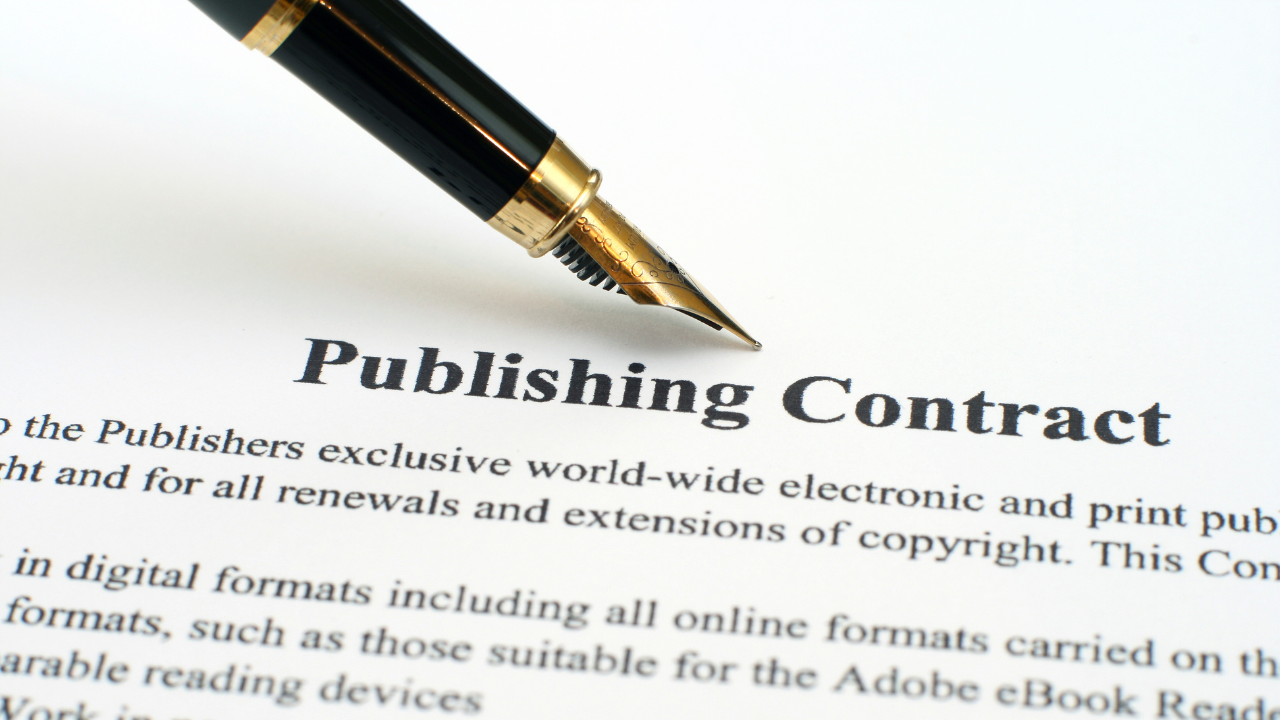Authored by Natalie Montpas, UNG Press Intern
Finishing your manuscript should be exciting. After months, years, of hard work, you’re finally ready to share your book with the world. But before you can celebrate, there’s one big step left: finding the right publisher. Unfortunately, not every press out there is looking out for your best interests. Predatory publishers exist, and their main goal is to profit off authors rather than produce quality books.
The good news? Once you know the signs, it’s much easier to avoid them.
What Do We Mean by “Predatory”?
Predatory publishers are companies that charge authors hefty fees without providing the services that make publishing worthwhile. Examples of these include things like editing, peer review, marketing, or even proper distribution. On the surface, their websites often look polished and professional. They might even claim to have prestigious editors or impressive affiliations. But behind the curtain, their practices are misleading at best and exploitative at worst.
As Sarah Ward explains in The Rise of Predatory Publishing: How to Avoid Being Scammed, these publishers often use what’s called the “author-as-customer” model. Instead of making money from readers buying books, they make their profits by charging authors upfront (Ward 773). That means they’re not motivated to ensure your book is high quality, widely distributed, or reaching the right audience.
Red Flags to Watch For
How do you tell if a publisher is legitimate or not? Start by paying close attention to how they communicate and what they promise.
UNG Press Director Dr. BJ Robinson’s biggest takeaway of a predatory publisher is one who lacks transparency. To add on to that, Sarah Ward also chimed in with several warning signs that authors should take seriously:
- Spamming: Be wary of emails that heap generic praise on your “outstanding work” without specifics. If it feels like a form letter, it probably is.
- Vague or missing details: If you can’t find contact information, staff bios, or a clear description of the editorial process, that’s a red flag.
- Guaranteed acceptance: A reputable press will never guarantee publication. Every manuscript goes through some level of review.
- Fast turnarounds: If a publisher promises to edit, design, and publish your book in a matter of weeks, that’s a problem. Good publishing takes time.
- Hidden fees: Many predatory publishers bury their charges until late in the process or emphasize payment over process. Ethical publishers are upfront about any costs involved.
Some predatory publishers even go as far as creating fake impact factors or journals with names designed to mimic well-known ones (Ward 775–77).
Green Flags of a Legitimate Publisher
So what should you look for instead? Ethical publishers make transparency a priority. They clearly state their mission and what types of work they publish. They’ll explain how manuscripts are reviewed and improved before publication. You’ll be able to find information about their staff, and if you reach out with questions, you’ll get a clear and professional response.
In short: if the process feels open and the people are accessible, those are strong signs you’re in the right place.
Protect Yourself and Your Work
Before signing a contract, take the time to do some research. Look up the publisher’s past titles; do they look professional? Are they available through recognized distributors like Ingram or Amazon? Check online for reviews, and see if the publisher is mentioned in resources about predatory publishing.
It’s also helpful to compare a publisher’s guidelines to trusted models. For example, the University of North Georgia Press’s submission guidelines outline exactly what authors should expect when working with a press. If a potential publisher’s site is vague or inconsistent by comparison, that should raise questions. Predatory publishers like to provide little to no quality control or transparency about their processes. Their primary motive? Financial gain (Clark and Smith 1).
The Bottom Line
Predatory publishers succeed because they take advantage of authors who are excited, overwhelmed, or simply unfamiliar with the publishing process. By learning the red flags, recognizing the green flags, and slowing down enough to research before signing, you can protect yourself and your work.
Publishing should be about celebrating your ideas and sharing them with readers; it shouldn’t be about navigating scams. With the right knowledge, you’ll be able to find a publisher who values your writing as much as you do.
Want to learn more about how to find the right publisher for your work? Check out our recent blog post, Choosing the Right Publisher: How to Determine Who to Query.
Sources
Clark, Jocalyn and Smith, Richard. “Firm action needed on predatory journals.” The BMJ, vol. 350, 2015, JSTOR. https://www.jstor.org/stable/26517893.
Ward, Sarah M. “The Rise of Predatory Publishing: How To Avoid Being Scammed.” Weed Science, vol. 64, no. 4, 2016, pp. 772–778. Cambridge University Press. JSTOR, https://www.jstor.org/stable/10.2307/26420746.


Leave a Reply